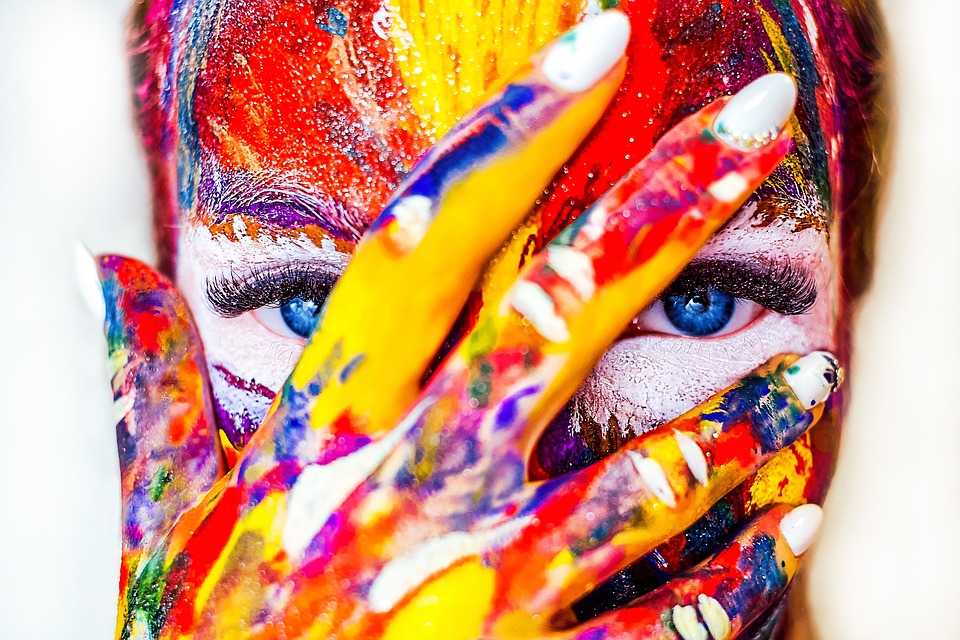1. Pastels are made from the safe base like all other fine art paints, including oils and acrylics. The difference is the binder. Pastels use very little binder so it’s like applying dye directly to canvas.
2. Pastels no Chalk! Chalk is made of limestone. Pastels are completely different. Pastels are one of the oldest and most stable bases for hand-drawn images.
3. Pastel paintings do not materialize, crack, peel, or darken because there are no additives, such as oil, to make them do so. Therefore, it is considered the most durable of all media.
4. It is important to have pastel portrait paintings framed under glass. A mat board should be used so that the board does not rest on the glass. And, like all fine art, keep it out of direct sunlight.
5. The fully covered canvas is called pastel painting, only partially covered canvas is called pastel painting.
6. Pastel paintings hold their value. Some of Degas’s from the 19th century have sold for $3,000,000 each.
7. Pastel is a French word meaning pure pigment powder reduced to a paste, with a tiny amount of binder. There is an endless variety of colors that range from subtle to bold and cool. Pastel is not synonymous with the word “pale”. Instead, pastel colors create dark, light and bright colors. They create depth and add great reflective qualities to a painting.
8. Highly pigmented, soft pastel colors give a shimmery color to your painting. Hard pastels are used for detailed work and quick drawing. The artist may also use pastel pencils for fine details.
